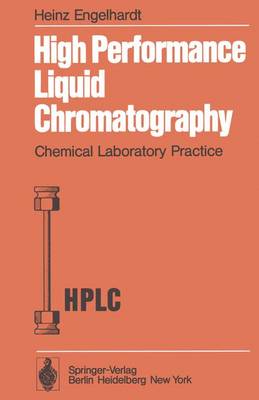Modern liquid column chromatography (LC) has developed rapidly since 1969 to become a standard method of separation. If the statisticians are to be believed, the recent growth of LC has been the most specta cular development in analytical chemistry and has not yet abated be cause its vast potential for application remains to be fully exploit ed. Significant factors contributing to this continued rise are the simplicity and low cost of the required basic equipment and the rela tive ease of acquiring and interpreting the data. Unfortunately, in LC, as so often in the field of analytical chemistry, the available commercial instruments are frequently far more complicated - and consequently far more expensive - than is nec essary for routine application. Therein also lies the risk of propa gating a "black box" philosophy that would be particularly detrimen tal to chromatography. Moreover, it appears to have been forgotten, as was done previously with gas chromatography, that inadequate sep aration by a column can be remedied only with great difficulty, if at all, by electronic means. Also, whether the capillary columns recent ly advocated with great enthusiasm for LC will fulfill the expecta tions of their proponents is highly questionable unless someone comes up with some new and revolutionary ideas.
- ISBN13 9783642670664
- Publish Date 19 January 2012 (first published 1 December 1978)
- Publish Status Active
- Publish Country DE
- Publisher Springer-Verlag Berlin and Heidelberg GmbH & Co. KG
- Imprint Springer-Verlag Berlin and Heidelberg GmbH & Co. K
- Edition Softcover reprint of the original 1st ed. 1979
- Format Paperback
- Pages 254
- Language English
